DM of the Rings Remastered LXXXVIII: An Unexpected Maneuver
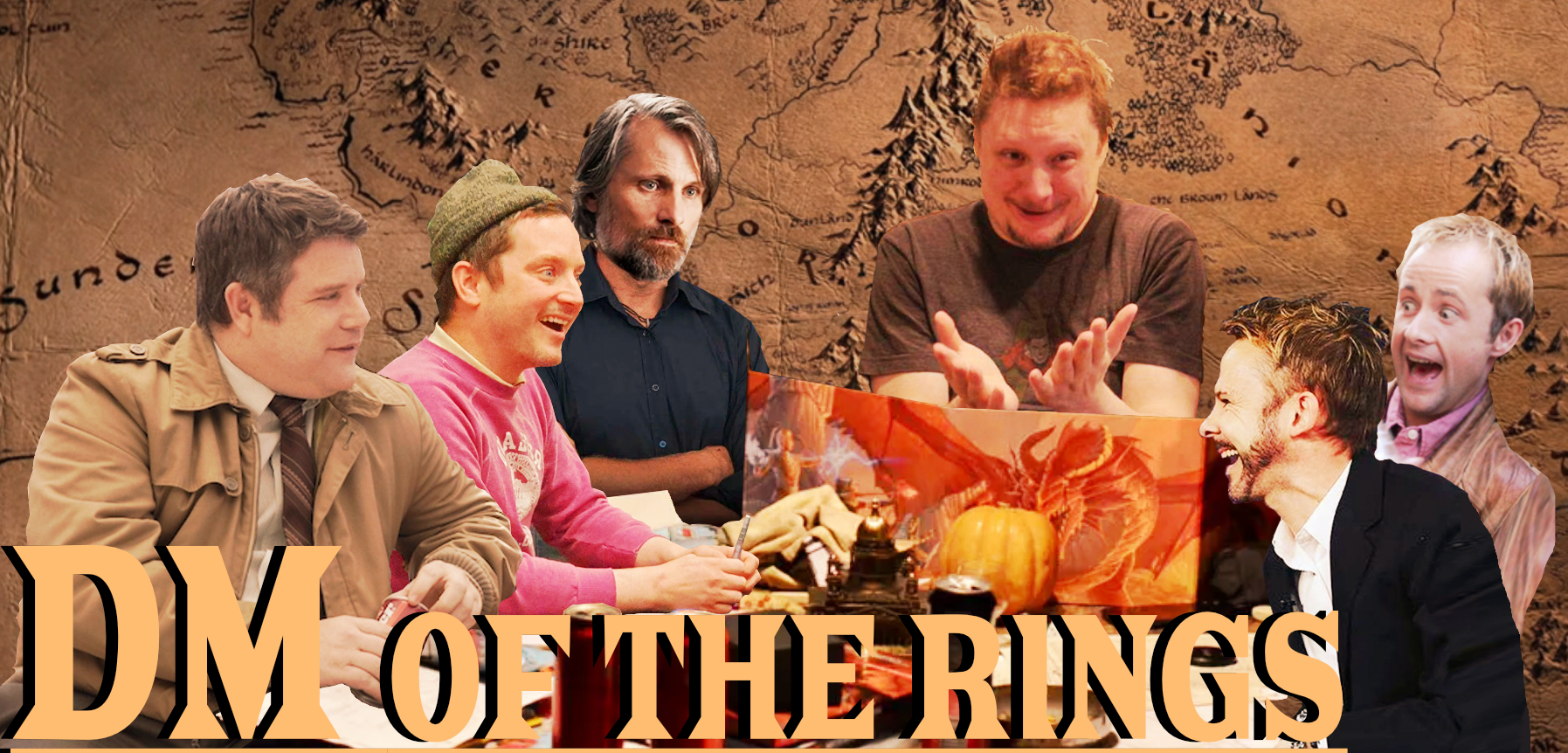


This week is more Borderlands.
I finished up the first Borderlands with Claptrap’s New Robot Revolution, and reaching the max of level 69 (nice). The DLC was fun and I liked seeing all of the previous antagonists Claptrap themed.
I didn’t finish the quest to collect Claptrap parts for Tannis due too not wanting to spend an hour farming Claptraps. Also, last week I said The Secret Armory of General Knoxx was the last DLC released. I apparently did not look at the dates very closely and in fact the Claptrap DLC was the last one released.
But anyway, I’m now playing Borderlands 2! As of writing this I am level 44 and seeing how high of a level I am willing to get.
So far the main differences that I have noticed are, Borderlands 2 is a lot more colorful, it opens with a very bright icy tundra which contrasts heavily with the fist games brown deserts and junkyards, enemies seem to drop more loot but it’s also a fair bit more sparing about good chests, and all of the weapons are a way more stylized and distinct between manufacturers.
I haven’t gotten around to any of the DLC yet, but I probably will next week.
So what is everyone else doing this week?


I spent a lot of time the last few weeks talking about the intuitive difficulty curve of RollerCoaster Tycoon. With few exceptions, a new player can quickly grasp the basics of the game and even start experimenting with different tactics to win the long list of scenarios. By contrast, 2001’s Tropico features a scenario list of inconsistent difficulty bordering on bugged labels and practically non-existent tutorials. Further, the game shipped and received multiple expansions with incorrect information in the manual and the game’s info text. How in the world did Tropico not only become a beloved classic but manage to generate sequels through 2019, with Tropico 7 still in development (though apparently troubled)? I think mainly aesthetics, tongue-in-cheek humor, and quite simply; despite the obvious failures, brilliant functionality that makes the game *fun* to play…even if you aren’t accomplishing anything.
In fact, especially if you aren’t accomplishing anything: Tropico 1 had a free-play mode where you just built whatever you wanted. It wasn’t an absolute sandbox; you still had to meet various tiered requirements. There was no technology tree, but you had to build (i.e. *complete* the building of) a Logging Camp before you could build a Lumber Mill, and you had to build a Power Plant along with the Lumber Mill before you built a Furniture Manufacturer. Oh, and of course you had to have enough high-school-educated workers available to staff the Lumber Mill and the Furniture Manufacturer, which means you better already have a High School built; those aren’t free. And you have to have student Housing since they aren’t working enough to pay rent. Food from your Farms and Fisheries are always share-and-share-alike for your Tropicans, which automatically makes the United States a bit suspicious of you, so you better have that Furniture Manufacturer shipping out copious rattan chairs and cheap end-tables for the American consumer. That means you will probably have to keep the workers’ pay high, but if the income disparity between the uneducated and the high school and college educated workers grows too much, the Soviet Union may come knocking on your door. I’m sure you don’t want a worker revolution to kick off. Regardless of all that, your Tropican citizens really just want access to food, religion, entertainment, health care, and decent-quality housing that doesn’t cost too much.
Tropico is a wonderfully complex game that fails almost completely at handing you simple, understandable control over this mess. But gosh is it fun.
Continue reading ⟩⟩ “A Beautiful Mess: Why There Shouldn’t Have Been a Tropico 2”

This week I’m playing Borderlands for the first time. (Technically I have played before. But I didn’t get past Firestone.) I’ve played all of the other games multiple times but for some reason I never got into the first one. But, now I have played through the game (and two and a half out of the four DLCs) while doing all of the side quests.
There are small differences, like revolver ammo and pistol ammo being separate; and grenade mods only have one modifier.
And then, there are bigger differences… I was surprised to learn that fast travel isn’t unlocked until New Haven. I thought it just was a bug until I looked it up. I’ve also been spoiled with the sequels having voice acting, so much so that I kept accidentally skipping the text.
Finally, the main antagonist Commandant Steele is vacant throughout most of the game. She talks to you for the first time about 20% in, again around 60%, and one last time at the end when she opens the vault and promptly dies, having added effectively nothing to the story.
After completing the story I went on to The Secret Armory of General Knoxx. I now know that was the last DLC released but at the time I didn’t know. It was nice for a change of scenery but I quickly learned that there is no fast travel in any the DLC, just a lot of driving. At least they gave a faster car that, if you turn at all at speed, it will stop driving and start rolling. It goes great with this DLCs primary roads (elevated highways with low walls). It’s one of my favorite ways to fall off the map.
Other than that I liked the DLC and thought the looting with a timer at the end was kind of cool.
I also played a bit of Mad Moxxi’s Underdome Riot. Not much to say on it. A whole DLC for a battle arena with modifiers is a bit weird, but it’s fine. It would probably be more fun with friends, but I’m playing solo at the moment.
The last DLC I played was The Zombie Island of Dr. Ned. I didn’t like it very much. I probably would have liked it more but I had a fear of zombies as a kid, (I’m still not fond of them today.)
I went in expecting a goofy mystery, not realizing that it released shortly after Left for Dead 2. As a result I was constantly harassed by the zombies that would just spawn continually, with effectively no downtime.
My final gripe; GearBox recently announced Borderlands 4 and I don’t like the way they just slap an ad for it in the corner of the main menu. (I also think it just looks bad.)

Anyway, what is everyone else up to?

I completed the RollerCoaster Tycoon base game last week and started working on the first expansion, Corkscrew Follies. Two things were immediately apparent. First, Corkscrew Follies employs the same challenges and difficulties as the base game, but provides different and additional rides and shops to meet a scenario’s demands. In fact, the research tree will tend to focus on the new elements more than the old elements, requiring you to learn to use the new facilities. The second obvious change was the implementation of scenery and ground elements to represent artificial structures like castles and a variety of other buildings, really enhancing the “themed” idea of your amusement park. Honestly, I had previously associated this change with RollerCoaster Tycoon 2. Probably because I played a lot of the RCT2 base game before I obtained the expansion packs for RollerCoaster Tycoon. It was interesting to see where RCT2’s theming came from. It becomes clear, seeing how these ideas were originally implemented, how the building structures in RCT2 are really the same thing…just with “land” that is invisible (and intangible and non-obtrusive in most situations, if I remember correctly. In RCT, there still has to be a physical piece of land which retains it’s inherent properties to apply the “appearance” of walls, ceilings, etc. to.) Unfortunately, while interesting, I never found this part of the game to be as captivating as the core park management gameplay. A big reason why I never spent all that much time in RollerCoaster Tycoon 2.
Upon realizing I was mainly dealing with cosmetic differences, I started getting a bit bored with RollerCoaster Tycoon, and went looking for other games to mix in…all sim games, of course.
Continue reading ⟩⟩ “RCT’s Final Challenges, and Other Sim Games”

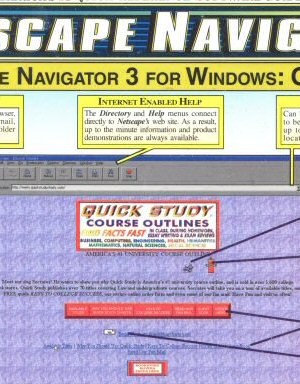
What did web browsers look like 20 years ago, and what kind of crazy features did they have?
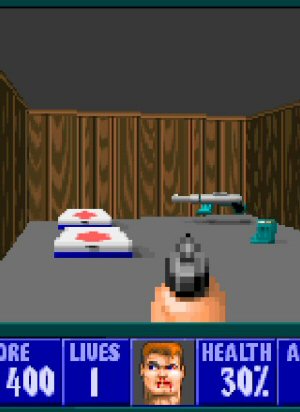
Sometimes in-game secrets are fun and sometimes they're lame. Here's why.
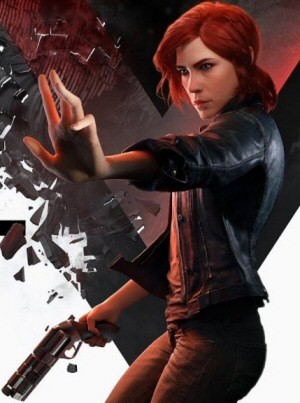
A wild game filled with wild ideas that features fun puzzles and mind-blowing environments. It has a great atmosphere, and one REALLY annoying flaw with its gameplay.

Crysis 2 has basically the same plot as Half-Life 2. So why is one a classic and the other simply obnoxious and tiresome?
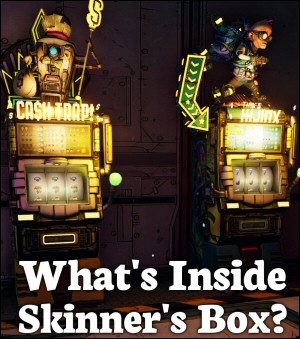
What is a skinner box, how does it interact with neurotransmitters, and what does it have to do with shooting people in the face for rare loot?
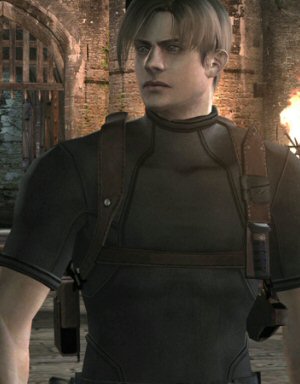
Who is this imbecile and why is he wandering around Europe unsupervised?

Lists of 'best games ever' are dumb and annoying. But like a self-loathing hipster I made one anyway.
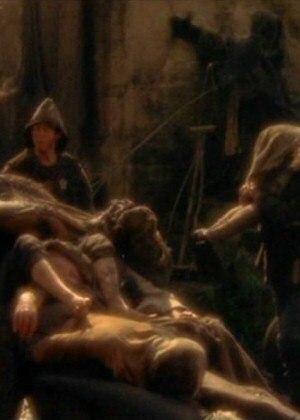
Would you have survived in the middle ages?

How did this game avoid all the usual stupidity that ruins remakes of classic titles?

What is this silly word, why did some people get so irritated by it, and why did it fall out of use?